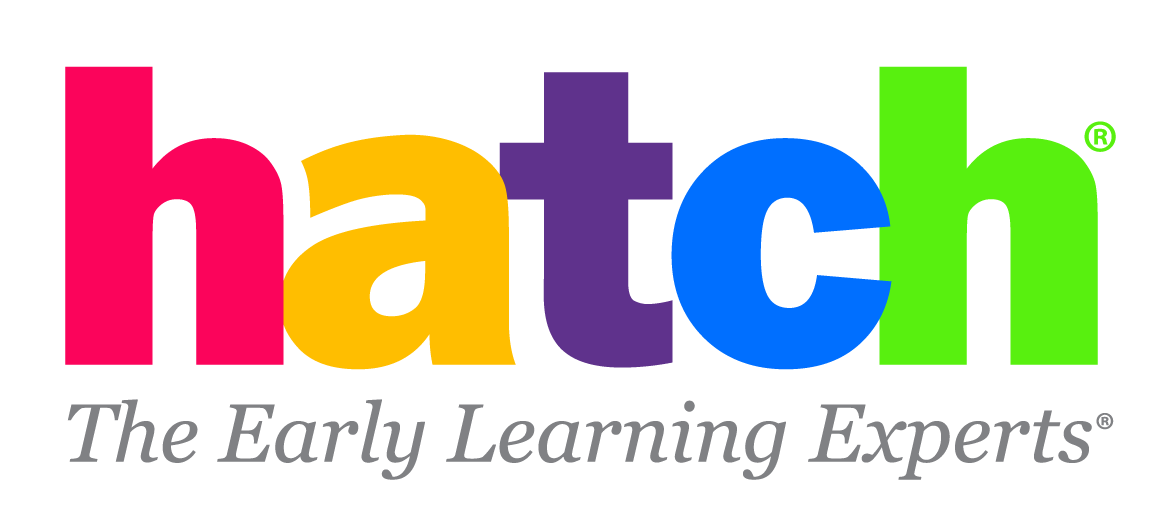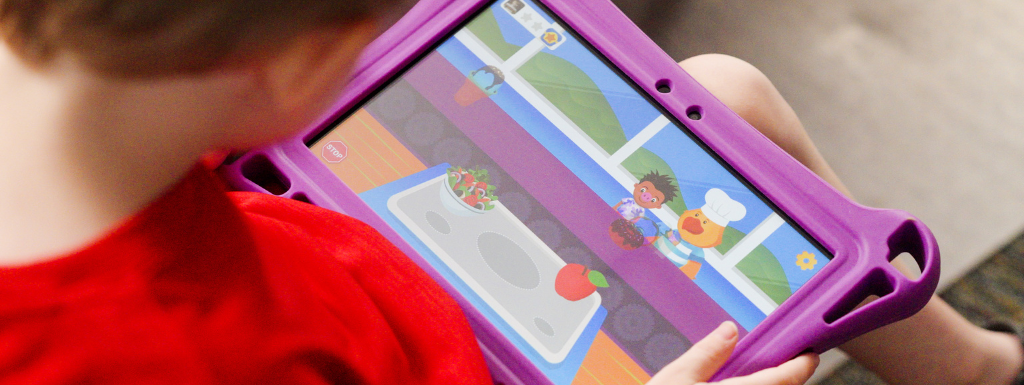Educators are acutely aware that children start the school year with a wide range of knowledge and skills. One child’s struggle can be another child’s strength, which makes it challenging to tailor instruction while responding to each child’s unique needs. In response to these challenges, there have been calls to support children with different skill sets through personalized learning (Sokolowski & Ansari, 2018). Personalized learning involves creating unique learning experiences tailored to each child's needs (Dumont & Ready, 2023).
Recent technological advances have expanded opportunities for personalized learning in schools. This back-to-school season, Hatch Early Learning is enhancing these opportunities for our youngest learners with two exciting updates to Ignite by Hatch™:
- Children's starting level in Ignite across all subdomains of learning will now be determined by their age.
The Details: When children are rostered in Ignite, their date of birth will be entered. The starting level in each subdomain of learning will be determined by their age. Specifically, 3-year-olds will start at Level 1, 4-year-olds will start at Level 3, and 5-year-olds will start at Level 4 in all subdomains.*
The “Why”: This age-based placement ensures that each child starts at a level that is developmentally appropriate, maximizing their chances for success and growth. These new starting points are based on our educational expertise and research. Educational experts at Hatch have designed each level of Ignite to align with skills that children tend to demonstrate at specific ages. For example, Level 4 experiences are meant for children at the end of pre-K who are preparing for kindergarten, making these experiences ideal for 5-year-olds. Research evaluations of Ignite experiences have confirmed this alignment (Polinsky, 2024). Higher-level Ignite experiences are more challenging than lower-level ones, and children ages 4 and 5 succeed on more advanced levels at a higher rate than younger children. By using our expertise and data to align starting levels with age, we ensure that Ignite meets each child where they are, fostering an even more effective and engaging learning experience.
- In each subdomain, a child’s performance at their age-based starting level will determine if they move onto the next level or are assigned to a more foundational level.
The Details: All children will start at a level in each subdomain based on their age, but their performance in the first game will determine their next level. Children who demonstrate mastery in the initial game will continue progressing through the levels in sequence. Those who do not show mastery will be moved to a more foundational level. If they show mastery at this new level, they will begin to progress through the levels. If they do not show mastery, they will be moved to an even more foundational level within the same subdomain. This process will continue until they demonstrate mastery or reach Level 1.
The “Why”: Because children enter the classroom with varying skills and knowledge, the predicted Ignite level for each subdomain might not always be the best fit. To ensure that every child gets the foundational practice they need, we have incorporated opportunities for them to practice at more basic levels if they do not initially show mastery at their starting level. This approach helps make sure that each child builds a solid foundation before progressing.
At Hatch, we are excited to offer an even more personalized Ignite experience. Research shows that technology tailored to each child's learning needs significantly boosts student achievement (Aleven et al., 2017; Connor et al., 2013; Deunk et al., 2018; Ma et al., 2014; Zhang et al., 2020). Personalized learning opportunities help each child reach their full potential. We look forward to seeing how Ignite will support children in maximizing their learning this year!
*This feature can be changed, if needed, to align with the needs of your children.
References
Aleven, V., McLaughlin, E. A., Glenn, R. A., & Koedinger, K. R. (2017). Instruction based on adaptive learning technologies. In R. E. Mayer & P. A. Alexander (Eds.), Handbook of research on learning and instruction (2nd ed., pp. 522–560). Routledge.
Connor, C. M., Morrison, F. J., Fishman, B., Crowe, E. C., Al Otaiba, S., & Schatschneider, C. (2013). A longitudinal cluster-randomized controlled study on the accumulating effects of individualized literacy instruction on students' reading from first through third grade. Psychological Science, 24(8), 1408–1419. https://doi.org/10.1177/0956797612472204.
Deunk, M. I., Smale-Jacobse, A. E., de Boer, H., Doolaard, S., & Bosker, R. J. (2018). Effective differentiation practices: A systematic review and meta-analysis of studies on the cognitive effects of differentiation practices in primary education. Educational Research Review, 24, 31–54. https://doi.org/10.1016/j.edurev.2018.02.002
Dumont, H., & Ready, D. D. (2023). On the promise of personalized learning for educational equity. npj Science of Learning, 8, Article 26. https://doi.org/10.1038/s41539-023-00174-x
Ma, W., Adesope, O. O., Nesbit, J. C., & Liu, Q. (2014). Intelligent tutoring systems and learning outcomes: A meta-analysis. Journal of Educational Psychology, 106(4), 901–918. https://doi.org/10.1037/a0037123
Polinsky, N. (2024). Formative evaluation: Ignite by Hatch Early Learning is fit for young children’s learning. Hatch Early Learning. https://7803303.fs1.hubspotusercontent-na1.net/hubfs/7803303/Assets%20for%20Downloads/Reports/Ignite%20Experiences%202022-23%20Research%20v2.pdf
Sokolowski, H. M., & Ansari, D. (2018). Understanding the effects of education through the lens of biology. npj Science of Learning, 3, Article 17. https://doi.org/10.1038/s41539-018-0022-6
Zhang, L., Basham, J. D., & Yang, S. (2020). Understanding the implementation of personalized learning: A research synthesis. Educational Research Review, 31, Article 100339. https://doi.org/10.1016/j.edurev.2020.100339

